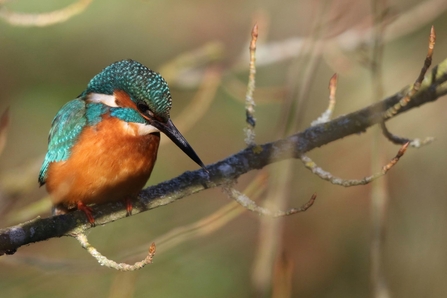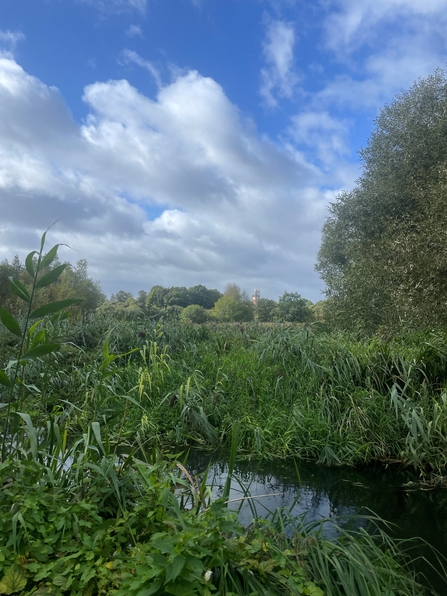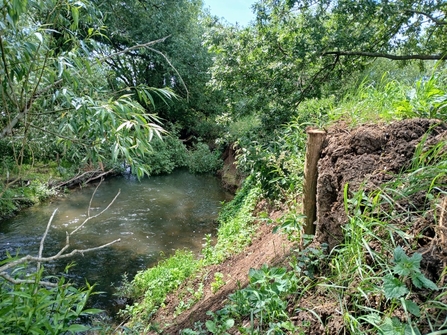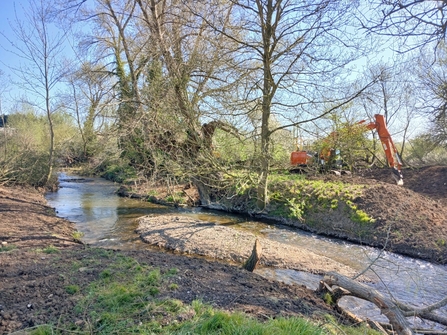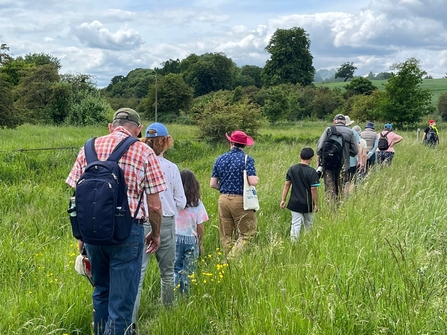From the River Lea and River Colne to the globally rare chalk streams such as the Mimram, Beane, and Rib, Hertfordshire is home to some of the UK’s most threatened and ecologically important freshwater habitats.
These rivers support a rich diversity of wildlife and support some of our most vulnerable species, including critically endangered Water Voles, wild Brown Trout, Kingfishers, and aquatic plants, such as Water Crowfoot - yet they face a continuing threat from pollution, over-abstraction, urban development, and the growing impacts of climate change.

